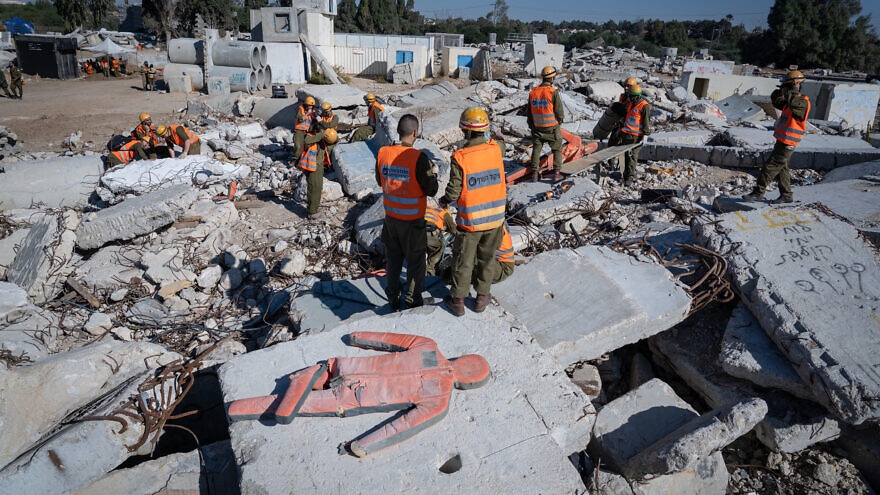
Israel has failed to prepare for a major earthquake, State Comptroller Matanyahu Englman warned on Sunday, in the wake of the tremor that killed more than 2,000 people in Morocco.
“Despite warning signs, the State of Israel has failed in its preparation for an earthquake. Instead of waiting for a commission of inquiry after a tragedy has occurred, the prime minister and the relevant minister must correct the deficiencies immediately,” said Englman in a statement.
He vowed to release a detailed report outlining the danger after the High Holidays.
Ninety-three percent of all the buildings awaiting reinforcement in northeastern Israeli cities could collapse if an earthquake of sufficient intensity hits, according to a State Comproller’s Report published in March.

Although the Construction and Housing Ministry allocated a budget to reinforce the buildings, only 84 (7%) of the 1,208 structures requiring reinforcement had undergone the process, according to the report.
Government ministries and municipal authorities have not done enough to prepare for an earthquake scenario in the five cities of Beit She’an, Tiberias, Safed, Kiryat Shmona and Hazor Hagalilit.
“At this rate it would take decades to complete the reinforcement of all the residential buildings” where there is an “immediate and concrete danger,” said the report.
Israel has scrambled to improve its earthquake preparedness in the wake of the devastating Feb. 6 quakes in Turkey and Syria that, together with hundreds of aftershocks, killed just over 50,000 people in the former and some 8,500 in the latter, in what the World Health Organization called the region’s worst natural disaster in a century.

Experts have stressed that Israel’s current state of earthquake readiness is concerning. A 2018 report under the previous comptroller estimated that a major earthquake could result in 7,000 deaths, 8,600 persons with severe or moderate injuries, 9,500 people trapped in buildings and 170,000 people left homeless. A report from last year found that 600,000 buildings in the country do not meet the standard for earthquake resistance.
Israel is located along the Great Rift Valley, an active fault line that runs from the Red Sea to the Jordan River, along the border between Israel and Jordan. This geologic fault presents several significant hazards for the area, including frequent minor earthquakes and the occasional far more serious seismic events.
Israel has a long history of earthquakes, with a major one occurring approximately every 100 years. The last major earthquake to hit the region was in 1927. That quake, which had a magnitude of 6.2, claimed 284 lives and injured 940 other persons. The cities of Jerusalem, Jericho, Ramla, Tiberias and Nablus (Shechem) were heavily damaged.
Produced in association with Jewish News Syndicate
Edited by Judy J. Rotich and Newsdesk Manager






